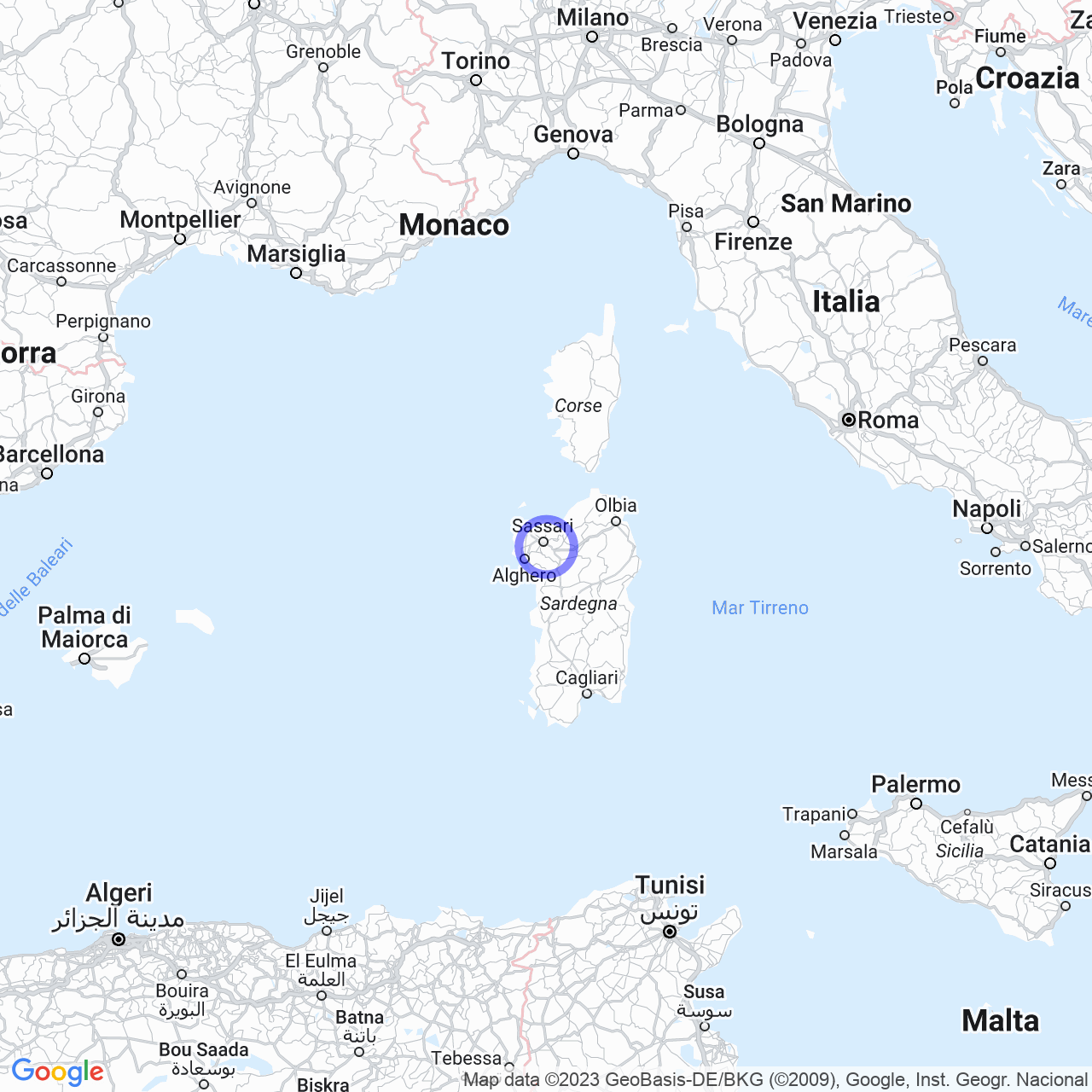Ossi
Ossi: Discovering Historical and Artistic Heritage
Ossi is a town in the province of Sassari located in the Logudoro region and in the historical region called Coros. With its 5489 inhabitants, this hilltop village is characterized by the presence of Rio Mascari, which divides it from Sassari. Despite the climatic difficulties due to the calcareous origins of the territory, the inhabitants have used the hills to plant olive groves and vineyards, giving life to an area known for the production of oil and wine.
The History of Ossi
Historical evidence of Ossi dates back to the Nuragic civilization, a period for which numerous artifacts testify to the ancient human presence in these lands. The territory of the area was also inhabited in subsequent epochs, until the present day. The village of Ossi is mentioned for the first time in the Condaghe with the name "Ogothi", meaning a large company or village ruled by the sovereign judge of Torres, through his subordinates. After passing through the hands of numerous Catalan families, Ossi became part of the province of Sassari in 1821 and was definitively redeemed by the Crown of Aragon in 1839, with the suppression of the feudal system.

The Artistic Heritage of Ossi
Much of Ossi's artistic heritage is preserved in its churches, particularly in the Church of Santa Maria del Regno, Church of Santa Maria de su Monte, Church of Santa Vittoria, Church of Sant'Antioco and the Church of San Pietro and Paolo. The Church of Santa Maria del Regno, dating back to the fifteenth century, is one of the most significant churches in Ossi. Inside, it preserves frescoes of the Sassarese school, including a Madonna with Child, attributed to Pietro Cavaro. The Church of Santa Maria de su Monte, dating back to the late seventeenth century, has a Greek cross layout and preserves a valuable carved wooden altar depicting the Risen Christ. The Church of Santa Vittoria, on the other hand, is linked to the popular tradition of Ossi, having been reconstructed on the ruins of the ancient church destroyed during the first war between the Crown of Aragon and the Giudicato of Arborea. The Church of Sant'Antioco dates back to the thirteenth century, while the Church of San Pietro and Paolo was built at the end of the eighteenth century.
Conclusions
Ossi is a town rich in history, traditions, and architectural beauty. Despite the presence of hills difficult for agriculture, the territory has been valorized by the inhabitants who have been able to exploit its potential to give rise to an important production of oil and wine. Ossi's artistic heritage is preserved and maintained mainly in its churches, among which the Church of Santa Maria del Regno stands out, with its precious frescoes, one of the most significant churches in the province of Sassari.
